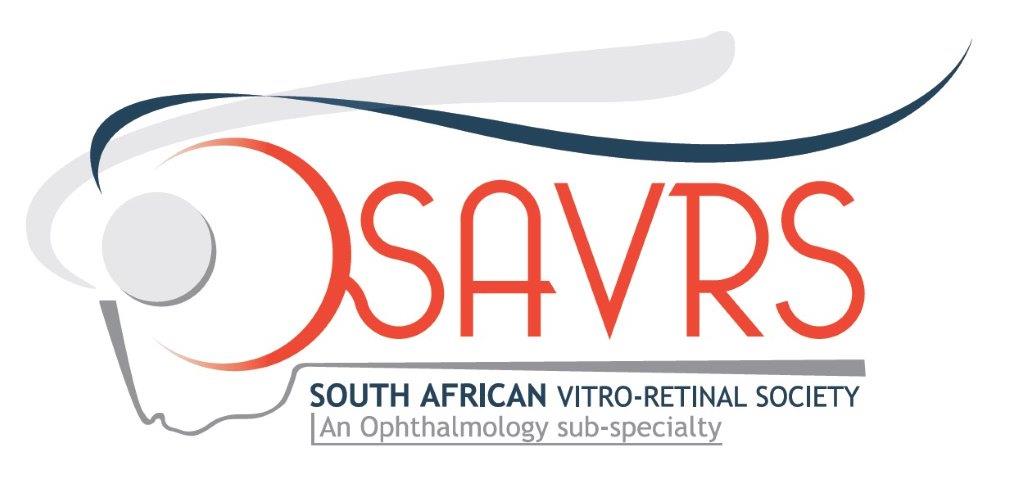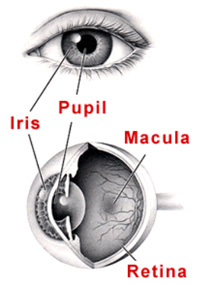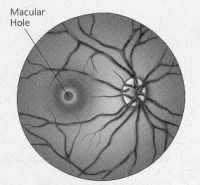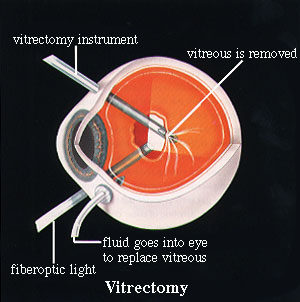

We specialize in the medical and surgical treatment of disorders involving the retina
Welcome to the website of the South African Vitreoretinal Society, which represents ophthalmologists who have an interest in diseases of the Vitreous and Retina. Our society is committed to informing patients and clinicians about advances in the management of Vitreoretinal disease.
Registered members are encouraged to access the secure site by Log In. Members of the public may access the open section to locate members and find out more about the Society and commonly treated conditions.
What is vitreoretinal surgery?
Conditions commonly evaluated and treated by our physicians include retinal tears and detachments, diabetic retinopathy, macular degeneration, ocular trauma, ocular tumors, inflammatory ocular conditions, hereditary retinal diseases and a variety of less common, highly complex disorders. We utilize the most advanced, state-of-the-art techniques to provide the best treatment available today for vision threatening diseases.
↵
13 – 15 June 2026
Speaker: Dr Noemi Lois
The Capital Zimbali Resort,
Ballito, Kwa-Zulu Natal, South Africa
20 minutes from King Shaka Airport
13 June 2026: Arrival, afternoon congress & dinner
14 June 2026: Full day congress & dinner
15 June 2026: Half day congress
16 June 2026 (public holiday): Leisure time and departure
3 nights accommodation included - check in 13 June and check out 16 June


After the surgery, the vision is initially poor because of the gas bubble in the eye which does not allow the light entering the eye to be focussed. This gas bubble is gradually absorbed over a period of three to six weeks, and in this time, the vision will slowly improve. Realistically one seldom gets a 100% visual recovery after this procedure, but the vast majority of people will notice an improvement in the quality of their vision and should have relief from symptoms such as distortion and difficulty in judging distances. The recovery depends on the size of the hole, and the duration of the hole.After the surgery you may be required to posture in a specific position so that the gas bubble is centred over the hole and can adequately push the edges of the hole closed. The visual recovery from this surgery is slow and usually takes in the region of three to six months.
The surgery is usually performed under general anaesthetic and requires a one night stay in the hospital. It is sometimes possible to perform this procedure under local anaesthetic if there is a medical reason as to why you would not be suitable for a general anaesthetic.
There is usually not much pain following the procedure. Initially one may feel that the eye is a bit scratchy, but this usually settles very quickly. The vast majority of procedures are performed using a sutureless technique which has dramatically helped speed up the recovery time. The complications of this procedure include a retinal tear, a retinal detachment, cataract formation and an infection in the eye called endophthalmitis. These aspects will be discussed with you during the pre-operative consultations.